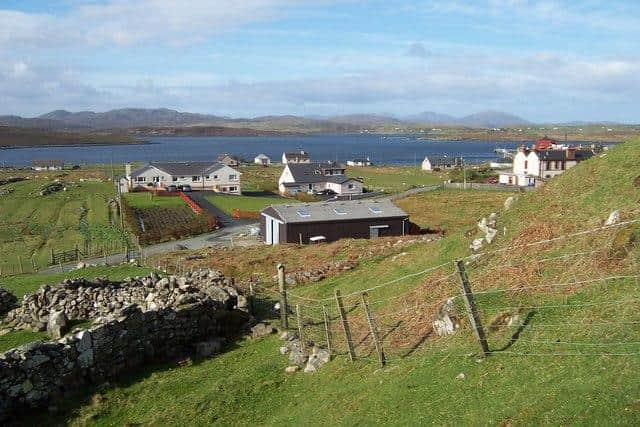Offshore wind edges closer to reality


Crown Estate Scotland’s ‘ScotWind’ leasing round closes to applications on Friday. Three areas up for grabs are around the Western Isles
The most likely to proceed relatively soon – “N4” - is a 1gw site, using “fixed bottom” technology, between the mouth of Loch Roag and Barvas.
Advertisement
Hide AdAdvertisement
Hide AdAt least one developer - a Canadian- is pursuing this licence and has been in contact with the Comhairle and other local bodies about co-operation.
“N2” is a site for “floating wind” near North Rona while “N3” lies between the Butt and Cape Wrath. There is known Canadian and Norwegian interest.
On an optimistic scenario, “N4” could be operational by 2028 with the others several years behind. Once licences are granted in January there will be some preparatory activity. The Crown Estate does not include local commitments in its “scoring” of applicants which is an ongoing bone of contention. The highest bidders are likely to prevail.
This has led the Comhairle to make efforts to formalise undertakings with the companies which have approached them – though there may yet be others.
Advertisement
Hide AdAdvertisement
Hide AdJohn Cunningham, the council’s energy strategy manager, said: “The Comhairle is determined the entire island community will benefit and that there will be direct benefit for the communities most affected.
“This could be transformational and the Comhairle, in partnership with the five Estates on the west side of Lewis, has developed an innovative Memorandum of Understanding with developers seeking leases”.
This covers a range of community headings as well as a shared ownership scheme to combat fuel poverty. The legal force of an MOU is doubtful and will depend largely on goodwill. Particularly in the case of the Canadians, there seems to be a real long-term commitment to working with the community.
Friday’s closing date marks the first step in a long journey and as bitter experience has taught the Western Isles, nothing is straightforward in delivering energy projects.